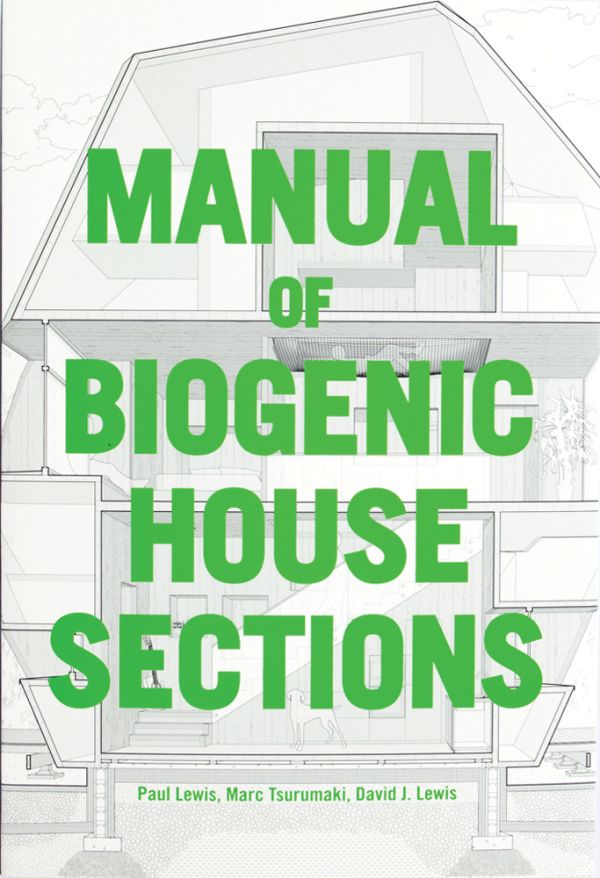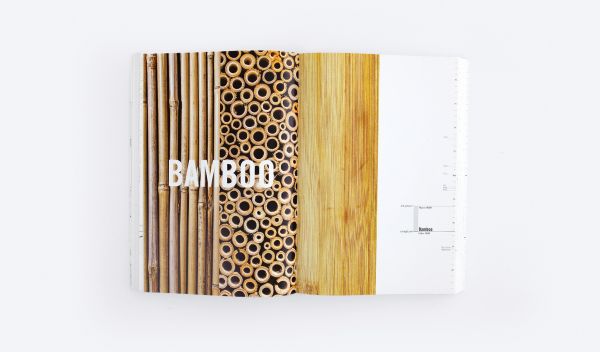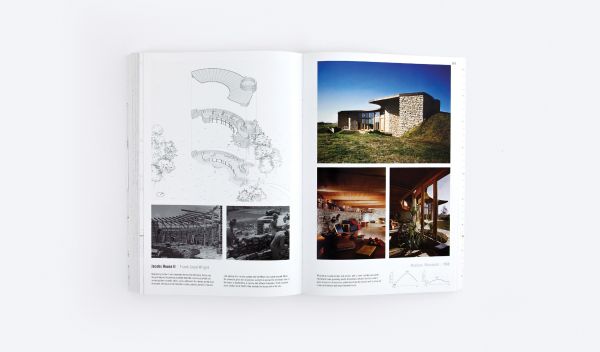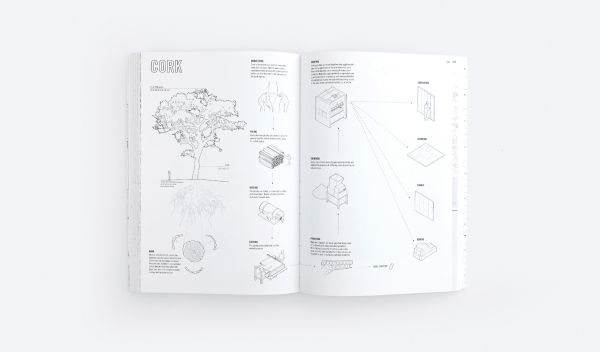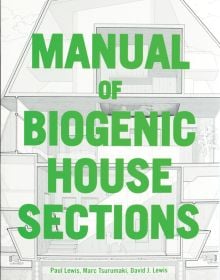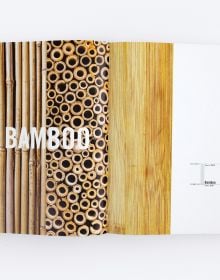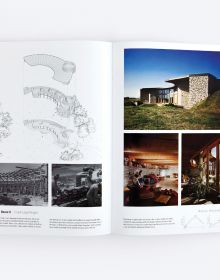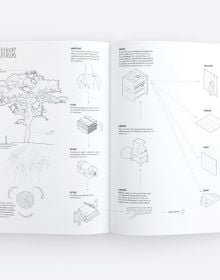Manual of Biogenic House Sections
- Audience is architects; students in architecture, design and construction; home builders, homeowners and developers
- Goal is to show how houses can be design and built today using material assembly systems that are either low carbon emitting materials, or are carbon sequestering renewable, plant-based materials
- Examination of each material in terms of intrinsic properties, life cycle, embodied or reduced carbon, building applications and architectural implications
- Detailed demonstration of 55 of the most architecturally compelling examples of natural and low carbon construction in houses
- Presentation of 55 highly detailed sectional perspectives and axonometric drawings of each house (based on techniques originated in the award-winning Manual of Section)
- Houses are selected from around the world, reflecting diverse cultural and global climatic conditions
Recognising that buildings are a major contributor to global warming and the critical role of embodied versus operational carbon, the book focuses on houses built from materials that either sequester carbon (plants), use materials with very low embodied carbon (earth and stone) or reuse substantial amounts of existing materials. Organised by those materials (wood, bamboo, straw, hemp, cork, earth, brick, stone and re-use), and incorporating life cycle diagrams demonstrating how the raw material is processed into building components, the book shows how the unique properties of each material can transform the ways architects conceive the sections of houses. The house was selected as the vehicle for these investigations due to its scale, its role as a site of architectural experimentation, and its ubiquity.
Building on the techniques of the Manual of Section, the book is comprised of newly generated cross-sectional drawings of 55 recent, modestly sized houses from around the world, making legible the tectonics and materials used in their construction. Each house is also shown through exploded axonometric, construction photographs and colour photographs of the exterior and interior. Introductory essays set up the importance of embodied carbon, the role of vernacular plant-based construction and the problems of contemporary house construction. Drawing connections between the architecture of the house, environmental systems and material economies, the book seeks to change how we build now and for the future.
- Publisher
- ORO Editions
- ISBN
- 9781957183091
- Published
- 15th Dec 2022
- Binding
- Paperback / softback
- Territory
- World excluding USA, Canada, Australasia. Asia non-exclusive.
- Size
- 279 mm x 190 mm
- Pages
- 352 Pages
- Illustrations
- 250 color
Distributed by ACC Art Books
Our Catalogues
Please log-in or create an account to see your recent items.
